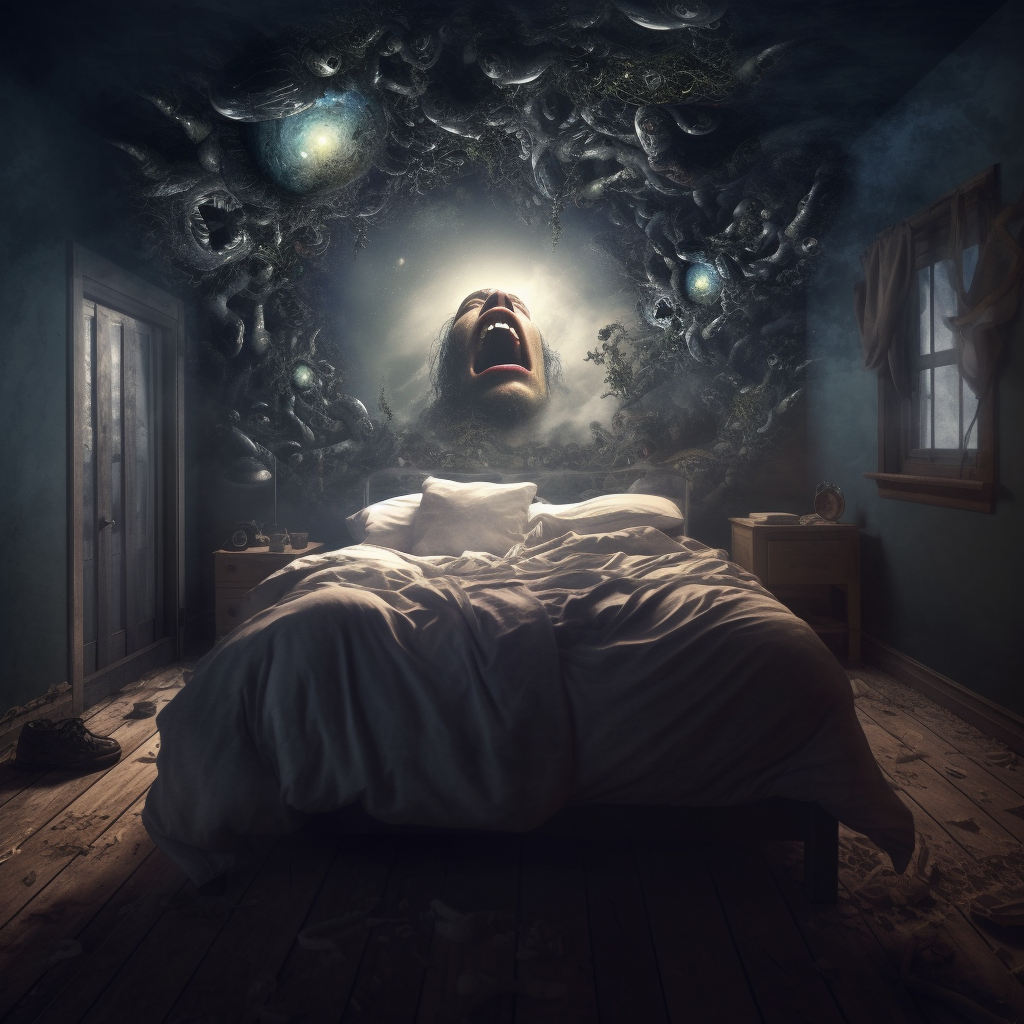Dreams, Fears, and Growth: Decoding "A Nightmare on Elm Street" - both psychologically and commercially.
Unraveling the Terror: Dreamscape and the Enigma of "A Nightmare on Elm Street"
They say dreams are the windows to our subconscious, a realm where our deepest fears and desires intertwine in a dance of surrealism. "A Nightmare on Elm Street," an iconic horror franchise, plunges us into the eerie realm of dreams, offering both psychological insights and cinematic thrills. In this exploration, we delve into the twisted world of Freddy Krueger, decoding the psychological layers while uncovering the marketing magic behind the franchise.
Understanding the Dream Dynamics
The "A Nightmare on Elm Street" series revolves around Freddy Krueger, a malevolent spirit who haunts the dreams of Elm Street's youth. The terror lies not just in the gruesome deaths but in the blending of the subconscious with reality. The concept taps into our primal fear of the unknown, where dreams become both playgrounds and battlegrounds. This mirrors the real psychological phenomenon of sleep paralysis, where vivid nightmares feel all too real, leaving individuals paralyzed with fear.
Facing Your Inner Demons
At its core, the franchise beckons viewers to confront their inner demons. Freddy Krueger becomes a manifestation of suppressed fears and guilt, forcing characters to confront the consequences of their past actions. This psychological layer mirrors the therapeutic concept of acknowledging and processing one's traumas to achieve emotional growth. By engaging with the characters' struggles, audiences are prompted to contemplate their own subconscious anxieties.
The Art of Fear Manipulation
From a marketing perspective, "A Nightmare on Elm Street" exemplifies fear-based engagement. The franchise capitalizes on the universal fear of the dark and the unknown, inviting audiences to experience terror in a controlled environment. The promotional campaigns cleverly play on the idea that fear is an essential human emotion, encouraging viewers to face it in a setting where they are ultimately in control.
Scream-Worthy Success
The franchise's success is attributed not only to its spine-chilling narratives but also to its marketing prowess. By weaving a complex web of dreams, fears, and realities, the creators have crafted a memorable experience that lingers long after the credits roll. The use of iconic imagery—Freddy's razor-sharp glove and his hauntingly burnt visage—ensures instant brand recognition, making it a recurring topic of discussion among horror enthusiasts.
Embracing the Nightmare
To harness the essence of "A Nightmare on Elm Street" in your own life, consider these steps:
-
Confront Your Fears: Just as characters face Freddy, confront your own fears head-on. Identify what's holding you back and work towards conquering those anxieties.
-
Explore Your Subconscious: Like dreams, your subconscious holds hidden thoughts and desires. Explore your creativity and introspection through activities like journaling or art.
-
Embrace Controlled Thrills: Engage with controlled doses of fear, such as horror movies or thrill rides. This can help desensitize your fear response and empower you.
Unlocking the Dreamscape
Intrigued by the enigmatic world of "A Nightmare on Elm Street"? Join the millions who have embraced the fear, peeling back the layers of their own psyche. The franchise serves as both a cautionary tale about the power of our subconscious and a mirror to our own inner workings. Dare to unravel the mysteries and emerge stronger on the other side.
Share this article with fellow thrill-seekers and delve into the psychology behind dreams and nightmares.






